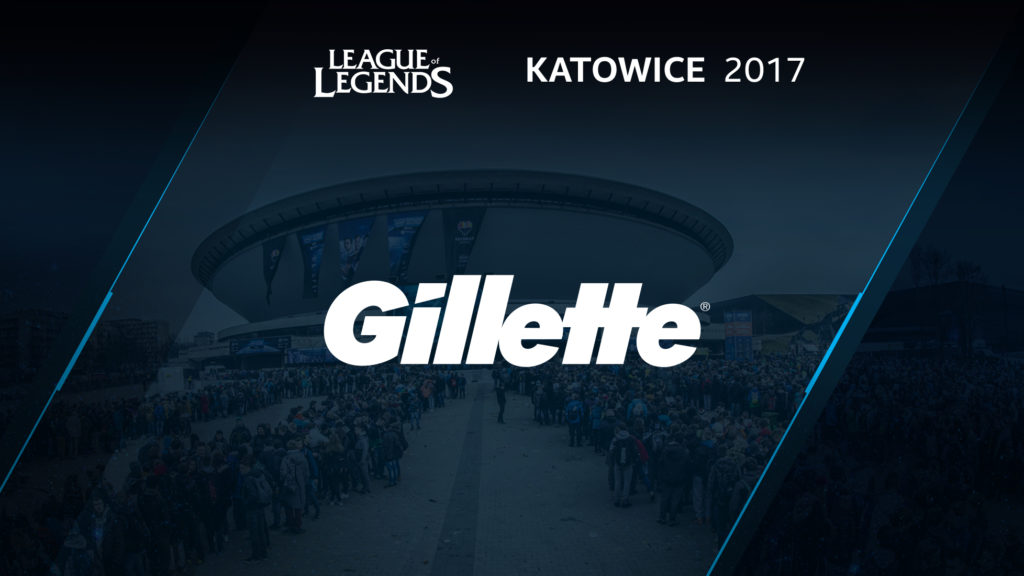Intel Extreme Masters (IEM) has grown in physical attendance and online viewership consistently over the past 11 seasons, paving the way for ESL and Intel to attract more non-endemic brands to eSports. This year’s event in Katowice, Poland, which is spread over two weekends through March 5, features companies like Gillette, Sprite, GFuel and Credit Agricole.
These IEM world championship events across League of Legends, StarCraft II and Counter-Strike: Global Offensive (CS:GO) have broken records each year with over 113,000 visitors to the IEM Expo and over 34 million livestream viewers tuning into the action last year.
Michal Blicharz, managing director of pro gaming at ESL, joined [a]listdaily to explain why non-endemic brands are flocking to competitive gaming and to forecast which verticals will enter the fray next.

How is Katowice expanding its footprint for this year’s two eSports events over the two weekends?
We ran out of space to accommodate all of the eSports fans last year, so we have decided to experiment with having the event over two weekends this time. This was the only thing we could do short of building another venue next to the Spodek Arena and the International Congress Center. It has allowed us to extend the tournaments for fans of each respective game without congesting the schedule in the stadium. No one had done anything like this, to my knowledge, so the whole industry will be much wiser after the double event is over. It definitely feels like the right thing to do right now.
Are there any comparisons to traditional sports when it comes to the amount of materials and trucks and cable, etc. that it takes to produce these huge IEM events?
I am not too familiar with traditional sports productions, but if you want some mind-bending numbers and facts, then I will tell you that it will take 1,845 work days’ worth of effort in under two weeks to pull off the event. This is the core event crew only, not including external staff we’ve hired to build the stage, security, catering staff and several other agencies. This is going to be a herculean effort by the company—it’s the largest amount of work ESL’s ever done for one event.
What type of increase is there this year with sponsors for the IEM Expo area, and how has that grown?
We’ve got about 8,000 square meters of space in the expo hall. We’ve been fortunate to have sold out the space every time. But what we’re noticing is that the non-endemic brands are really pushing to be in the eSports space. Next to the usual suspects from the technology space, we’re working with companies like Gillette, Sprite, GFuel and Credit Agricole. We’ve had dozens of conversations with insurance companies, car brands and various other lifestyle brands. We want to open the event even more to lifestyle brands in the future, since there’s clearly demand on their end.
What opportunities does the IEM Fan Expo open up for sponsors and brands?
We’ve learned from Intel that it’s not enough to just show the logo behind players on stream for a brand to reach the audience in a meaningful way. It needs to be the whole experience, from visibility and brand integration in the tournaments to providing the audience meaningful activities whenever their favorite players happen to not be playing. It’s a great place to showcase your product and get it in front of the most savvy and the most demanding consumer out there, and to build a long-term relationship with him or her.

What do you see VR opening up for sponsors and brands this year? And beyond?
Sliver.tv is going to be offering our content in a VR broadcast. It’s something we’ve already done with them at a couple of events. We will also have a full VR technology and games day at the auditorium inside the International Congress Center where the audience will be able to compete, see influencers play the best VR titles and find out more about the technology. I’m excited to see how it turns out.
How have you seen interest by non-endemics in eSports impact IEM this year?
We have got a brand new deal with Gillette, and it is their first ever engagement into eSports of this magnitude. There are more and more interesting opportunities that we’re exploring. I think car companies will be next on the list.
What role do the companies like Intel that have been around from the early days play in eSports today and moving forward?
Intel has been eSports’ first major supporter and has pushed the industry for many years before games like League of Legends exploded and changed the landscape forever. They’ve invested tens of millions of dollars into competitive gaming, and there’s every indication that they are not going to stop. It makes sense—their chips are at the core of what we do both on the gaming side and on the broadcast and content production side as well. They are to us what Spaulding is to the NBA. It’s hard to imagine eSports without them.

